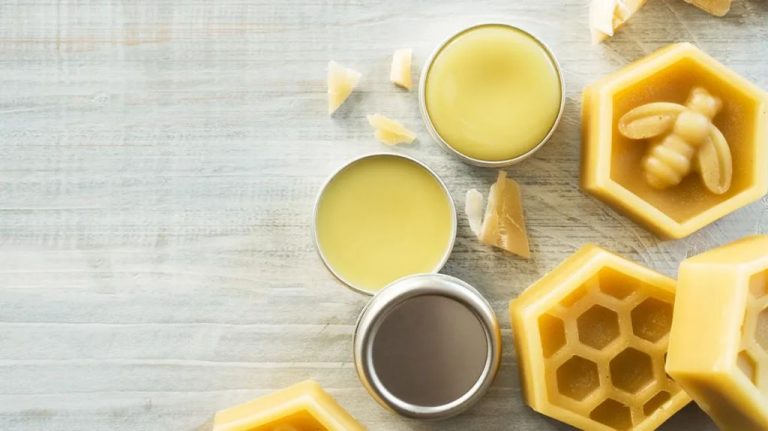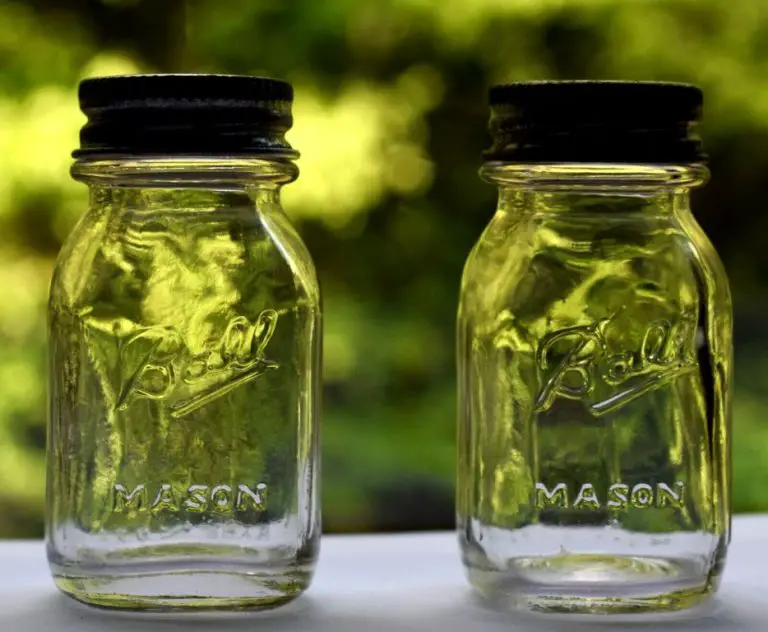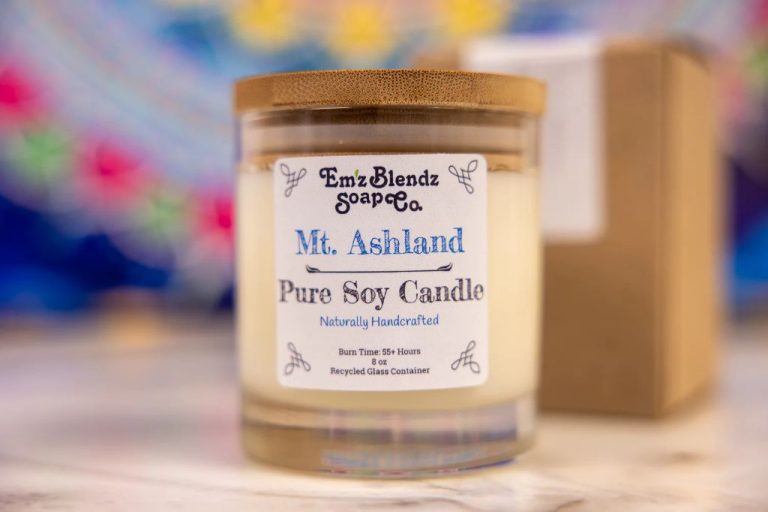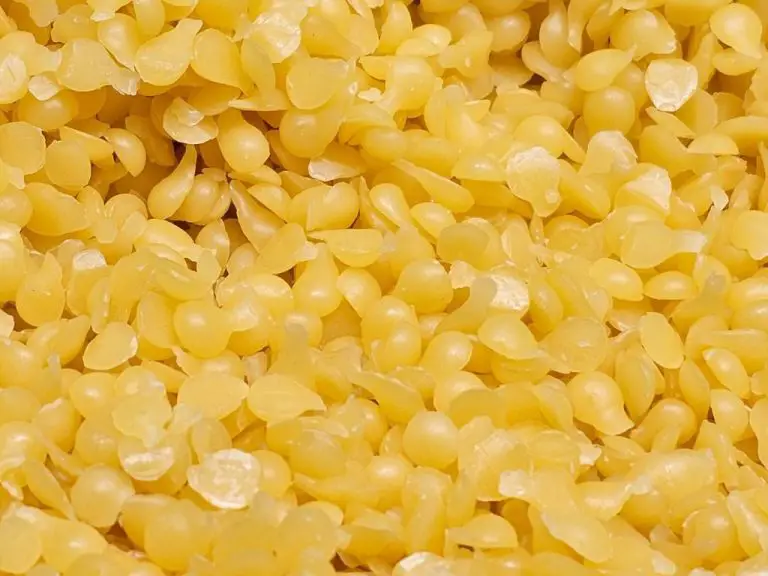What Is Liquid Paraffin Wax?
What is Liquid Paraffin Wax?
Liquid paraffin wax, also known as liquid petrolatum, is a highly refined mineral oil derivative of petroleum. It is a translucent, colorless, and odorless liquid with a melting point between 100-150°F (38-66°C) (1).
Chemically, liquid paraffin wax consists mainly of saturated hydrocarbons and cycloalkanes with between 20 and 40 carbon atoms per molecule on average. It has a high viscosity and molecular weight compared to other types of mineral oil (2).
Unlike solid paraffin wax used for candles, liquid paraffin wax remains in a viscous liquid state at room temperature. It has many industrial and medical applications thanks to its chemical inertness and moisture-resistant properties.
Chemical Composition
Liquid paraffin wax is composed of long-chain saturated hydrocarbons called alkanes. The main alkanes present in liquid paraffin wax are: C20-C40 alkanes, with chain lengths ranging from 20-40 carbon atoms. The most common alkane is octacosane (C28H58).
The chemical structure of liquid paraffin wax is generally a straight chain alkane, with little to no branching. For example, octacosane, a typical component, has the chemical formula C28H58 and the following chemical structure:
CH3-(CH2)26-CH3
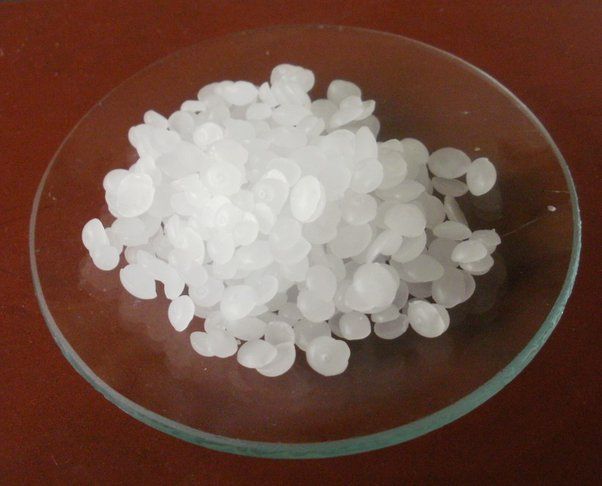
Overall, liquid paraffin wax has a relatively simple chemical composition, consisting primarily of long, unbranched alkanes usually ranging from C20-C40. This gives liquid paraffin wax unique physical properties and makes it suitable for a variety of industrial applications.
Manufacturing Process
Liquid paraffin wax is extracted and refined from petroleum through a complex process. The first step is the separation of slack wax from petroleum fractions during the distillation process. Slack wax refers to the semi-refined wax that precipitates out when the temperature of the oil is lowered. The slack wax contains oil and must go through further refining to produce liquid paraffin wax (Paraffin wax, Wikipedia).
The slack wax first goes through a process called solvent dewaxing, where it is mixed with solvents like MEK (methyl ethyl ketone) which dissolve the oil fraction. The dissolved oil is separated from the mixture by chilling and filtering. The solid slack wax left behind still contains some residual oil. This is removed by repeatedly recrystallizing the slack wax from solvents. The resulting product is a very pure, odorless and colorless liquid with a crystalline structure (Paraffin Wax Production Process, Petronaftco).
The liquid then goes through a final filtration process to remove any remaining impurities. Additives may be mixed in to modify the properties like viscosity or melting point. The liquid paraffin wax is now ready to be packaged and sold for various applications. Continuous technological improvements have made the production process highly efficient at extracting ultra-pure grades of liquid paraffin wax from petroleum.
Properties and Characteristics
Liquid paraffin wax has a number of unique physical and chemical properties that differentiate it from solid paraffin wax.
Physically, liquid paraffin wax is a transparent, colorless liquid with a viscous, oily consistency at room temperature. It has no discernible odor or taste. The density of liquid paraffin wax ranges from 0.82-0.89 g/cm3, which is less dense than water. It has a relatively high boiling point between 300-370°C. The melting point of liquid paraffin can vary depending on the oil content, but is generally quoted as -17 to -12°C [1].
Chemically, liquid paraffin wax consists primarily of saturated aliphatic hydrocarbons, containing between 20 and 40 carbon atoms per molecule [2]. It is highly stable and inert, with low reactivity. Liquid paraffin is insoluble in water but soluble in nonpolar solvents like ether, benzene, and chloroform. It has low thermal conductivity and excellent dielectric properties.
Compared to solid paraffin wax, liquid paraffin wax has a lower melting point, density, and viscosity due to its lower molecular weight hydrocarbons. It remains a liquid at room temperature rather than a solid.
Uses and Applications
Liquid paraffin wax has a wide range of uses and applications in various industries. Some of the key uses are:
Industrial:
Liquid paraffin wax is used as a lubricant and release agent in the rubber industry. It helps rubber vulcanize and release from molds. It is also used in the production of ceramics and plastics.
The excellent insulating properties of liquid paraffin wax make it useful as an electrical insulator in transformers and other electrical equipment.
It is used in the production of anti-corrosion coatings for metals.
Commercial:
Liquid paraffin wax finds applications in cosmetics and beauty products as an emollient, softener and moisturizer. It is commonly found in lotions, creams, lipsticks, etc.
It is used in textile manufacturing as a fabric finish and waterproofing agent.
The friction-reducing properties make it useful as a lubricant additive in engine oils.
Medical:
Pharmaceutical grade liquid paraffin wax is used as a laxative to soften stools.
It is used as an emollient and moisturizer in topical ointments and skin creams.
Liquid paraffin wax can act as an anti-inflammatory agent when applied locally.
Safety and Precautions
Liquid paraffin wax is considered non-toxic and relatively safe for most uses. However, there are some precautions that should be taken when handling or using liquid paraffin wax:
Safe Handling Guidelines:
- Wear proper protective equipment like gloves, aprons, and goggles when handling hot melted wax to avoid burns. The wax can reach temperatures over 200°F (93°C) when melted.
- Work in a well-ventilated area since heating wax produces fumes. Use local exhaust ventilation if available.
- Store away from heat, sparks, open flames, and other ignition sources since paraffin wax is flammable.
- Practice good hygiene after working with liquid paraffin wax. Wash hands thoroughly with soap and water.
Potential Health Hazards:
- Inhalation of wax fumes can cause respiratory irritation. Heating wax to high temperatures increases risk of inhalation exposure.
- Although considered non-toxic, ingesting or repeated skin contact with liquid paraffin wax may cause upset stomach, diarrhea, and vomiting in some people.
- Getting hot melted wax on the skin can cause severe burns.
Overall, liquid paraffin wax is considered relatively safe as long as proper precautions are taken. Work in a well-ventilated area, avoid inhalation or ingestion, wear protective equipment when handling hot wax, and practice good hygiene.
Comparisons to Paraffin Wax
Liquid paraffin differs from solid paraffin wax in a few key ways. While both are derived from petroleum, liquid paraffin has a lighter, more liquid consistency compared to the waxy, solid form of paraffin wax. Some key differences include:
Consistency – Paraffin wax is a solid at room temperature, while liquid paraffin is a viscous liquid. This makes liquid paraffin better suited for products that need to flow or be poured.
Uses – Due to its viscosity, liquid paraffin has applications as a laxative and moisturizer. Paraffin wax is too solid for these uses but is better suited for candles, sealing products, etc.
Chemical composition – Liquid paraffin contains lighter hydrocarbons like pentane, hexane, and heptane that remain liquid at room temperature. Paraffin wax contains heavier hydrocarbons that are solid.
Production – Liquid paraffin is produced through further distillation and processing of paraffin wax. This extra refining results in a lighter product.
According to http://www.topsenchem.com/English/wap/shownews.asp?id=63, paraffin oil and liquid paraffin, while related, are technically different products with liquid paraffin being more viscous and pure.
Grades and Specifications
Liquid paraffin wax is available in a range of grades for different applications. The main classifications are based on the degree of refining:
Fully refined liquid paraffin wax – This grade has the highest level of refining, with oil content reduced to less than 0.5%. It has excellent transparency and a low odor. Common applications include cosmetics, pharmaceuticals, and food processing. Fully refined liquid paraffin meets specifications for food, medical, and pharmaceutical use such as USP and BP grade.
Semi-refined liquid paraffin wax – This grade has moderate refining, with oil content between 0.5-5%. It has lower clarity and a mild paraffin odor. Typical uses include candles, fiberboard, and rubber processing. Grades are specified by oil content percentage, with common grades being 0.5-1%, 1-3%, and 3-5% oil content.
Crude liquid paraffin wax – This has the lowest level of refining, with oil content above 5%. It has poor transparency and a strong odor. Main applications are in lubricants, metal processing, and coatings. The oil content can range from 5% to over 50% in some collector’s grade crude grades.
The oil content affects properties like odor, color, and oil separation. Refiners tailor the grade to the application. Liquid paraffin wax is typically graded by oil content, melting point, viscosity, and/or color. Tighter specifications are required for grades used in pharmaceuticals, cosmetics and food compared to industrial grades.
Sources:
[1] https://infinitygalaxy.org/paraffin-wax-types-and-grades/
[2] https://www.bqchemicals.com/new/Paraffin-wax-classification.html
Global Production and Trade
China is the world’s largest producer and exporter of liquid paraffin wax. In 2021, China exported 907 million USD worth of paraffin wax containing less than 0.75% oil according to OEC data. Other major exporters include Germany (173 million USD), Malaysia (153 million USD), South Africa (136 million USD), and Spain (135 million USD).
The top exporters of light liquid paraffin specifically are India with 40,835 shipments, followed by United Arab Emirates with 377 shipments and South Korea in 2021 according to Volza. This highlights India’s strength in producing and exporting light grades of liquid paraffin wax.
In terms of production capacity, China, India, South Korea, Thailand, and Taiwan are key countries with major liquid paraffin wax manufacturing facilities.
Future Outlook
The future outlook for liquid paraffin wax is positive, with demand projected to grow steadily in the coming years. According to a report by Verified Market Research, the global liquid paraffin wax market is expected to reach $3.29 billion by 2030, growing at a CAGR of 3.4% from 2023 to 2030.
One of the key drivers for growth is the expanding petrochemical industry, especially in developing regions like Asia Pacific. With increasing infrastructure and industrialization, more petroleum-based products like liquid paraffin wax will be required (Verified Market Reports, 2023). The personal care and cosmetics industries are also major consumers of liquid paraffin wax for making creams, lotions and ointments. As disposable incomes rise globally, demand from these segments is forecast to increase.
In terms of applications, lubricants are projected to be the fastest growing segment, as liquid paraffin wax is widely used as a base oil for making engine oils, greases and industrial lubricants. The candles segment will also expand steadily due to liquid paraffin’s high burning quality and cost competitiveness compared to beeswax (Verified Market Reports, 2023).
However, there are some concerns around the ecological impacts of liquid paraffin wax, which may restrain growth to some extent. Critics argue that as a petroleum product, its continued large-scale use promotes dependence on fossil fuels. Some natural wax alternatives like soy wax are emerging as potential substitutes, especially for cosmetics and candle-making.
Overall, while some applications may shift towards more sustainable waxes, liquid paraffin is expected to continue dominating many industrial usages due to its performance, availability and cost structure advantages. With rising populations and economies, global liquid paraffin wax demand appears poised for steady, if not rapid, growth over the next decade.

